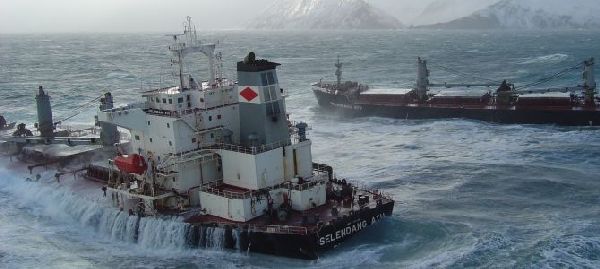Natural Resource Damages Assessment and Restoration (NRDAR)

What is NRDAR?
- A formalized process to compensate the public by collecting and analyzing information to evaluate the nature and extent of injuries resulting from an incident or threat of an injury, and by determining restoration actions needed to bring injured natural resources and services back to baseline
- A process to compensate the public for losses during the time of injury
- A structured process defined by federal regulations
- A scientific/economic process
- A legal process that must demonstrate causality between release and resource injury/lost use
- A cooperative process among federal, state, and RP representatives
NRDAR Principles
The NRDAR Provisions of the Comprehensive Environmental Response, Compensation, and Liability Act (CERCLA), the Clean Water Act (CWA), and the Oil Pollution Act (OPA) are based on four key principles:
- Natural resources are common property of all citizens. Federal and State governments act as trustees of these resources on behalf of the public
- Responsible Parties are financially liable for restoring injured resources and for compensating the public until restoration is complete
- Trustees may use funds recovered from the responsible party only to restore, replace, or acquire equivalent resources for injured resources
- NRDAR activities must begin and end with the focus on “Restoration”
How does NRDAR differ from Spill Response?
GOALS OF RESPONSE
- Control the spill
- Contain the discharge
- Remove spilled oil from the environment
- Keep oil away from natural resources
GOALS OF NRDAR
- To compensate the public for losses in trust natural resources and resource services resulting from injury as a result of a discharge of oil or release of a hazardous substance.
- Compensation must restore, replace, or acquire the equivalent of lost resources/resource services.
Response is led by the On Scene Coordinators (OSC)/Incident Command while NRDAR is led by the Federal/State Lead Administrative Trustee

 Indicates an external site.
Indicates an external site.